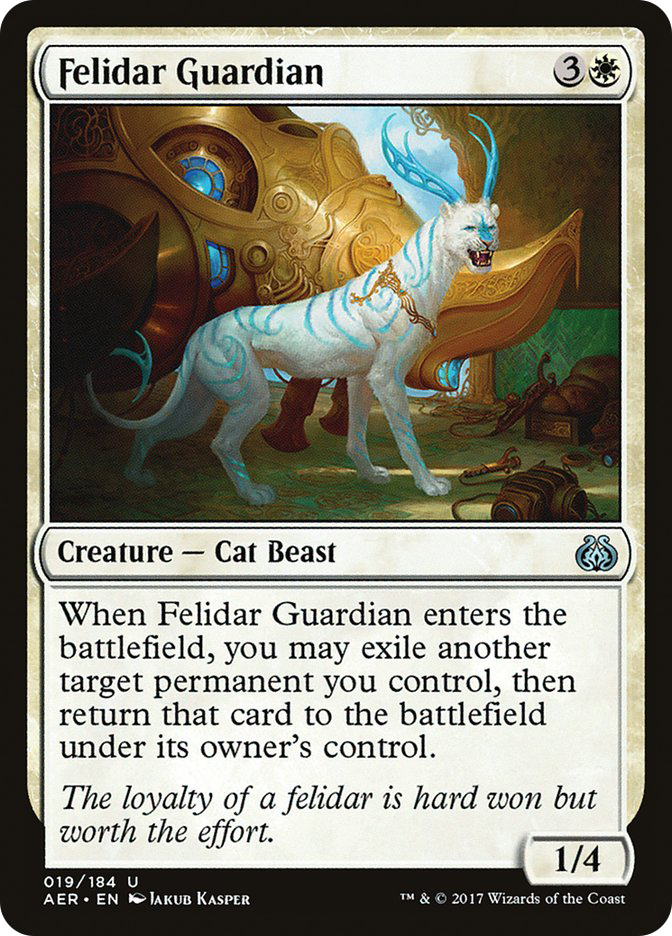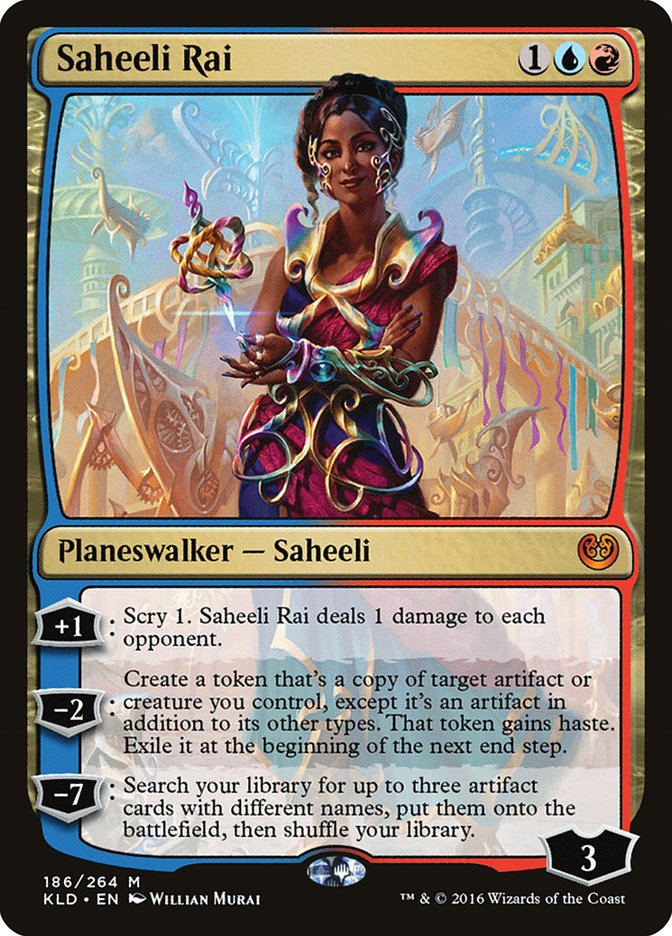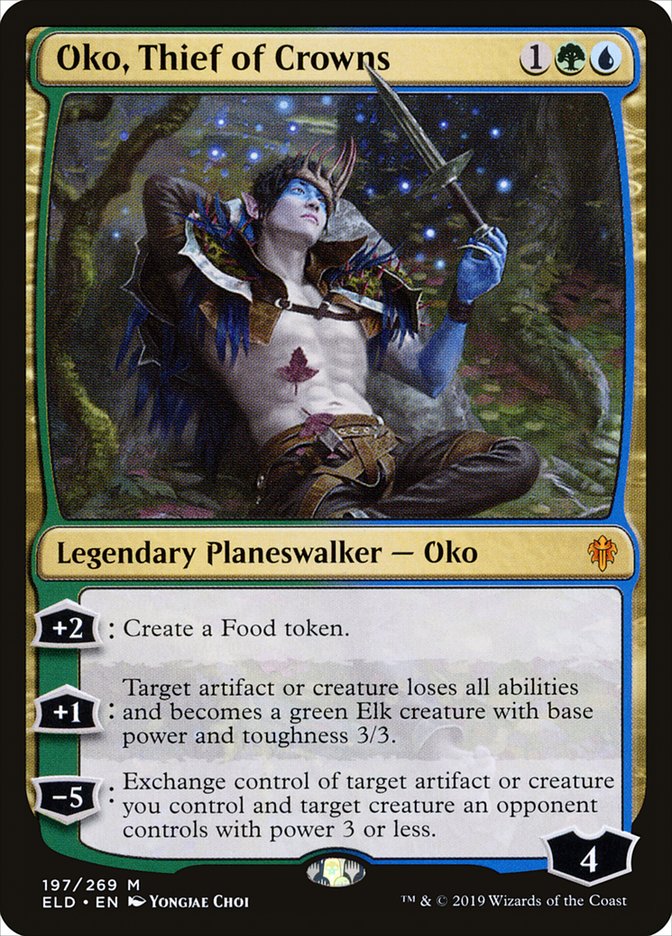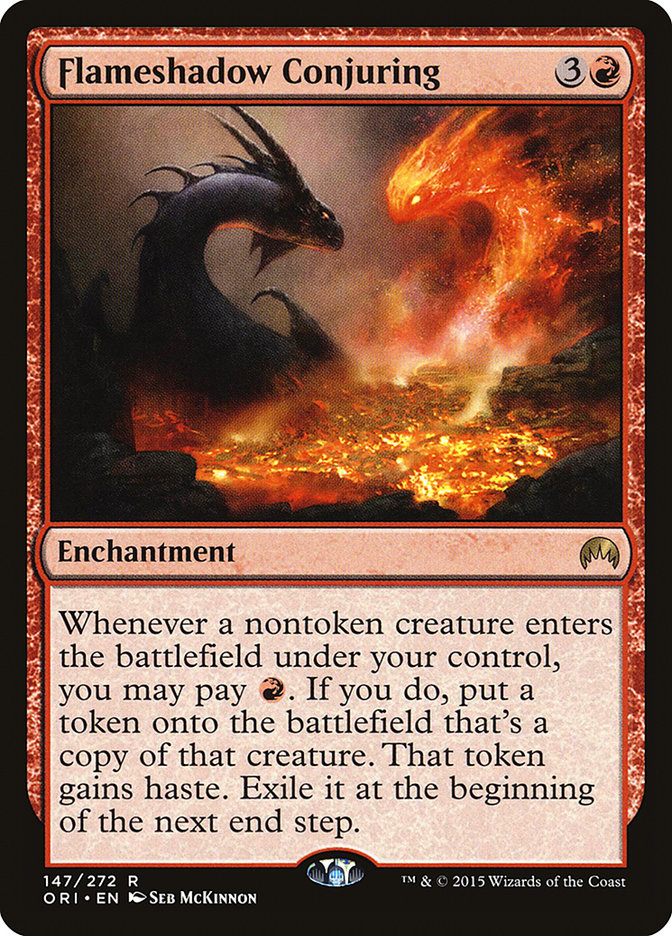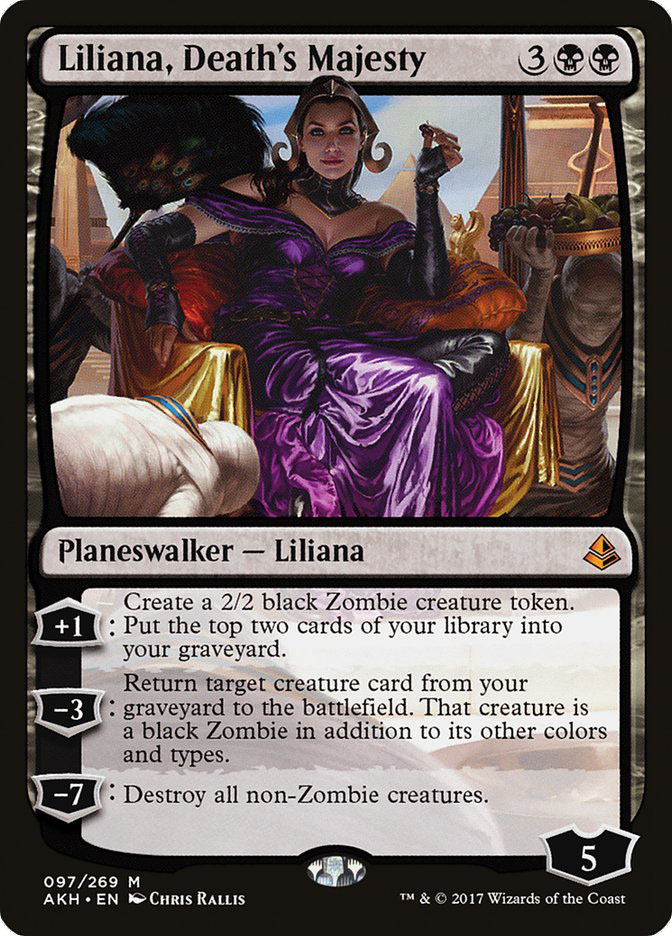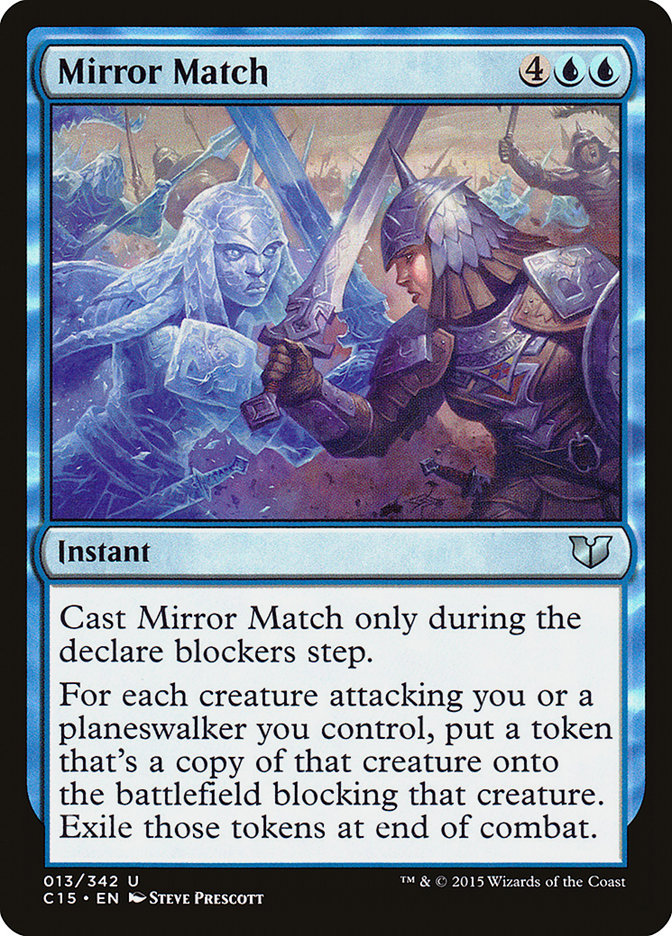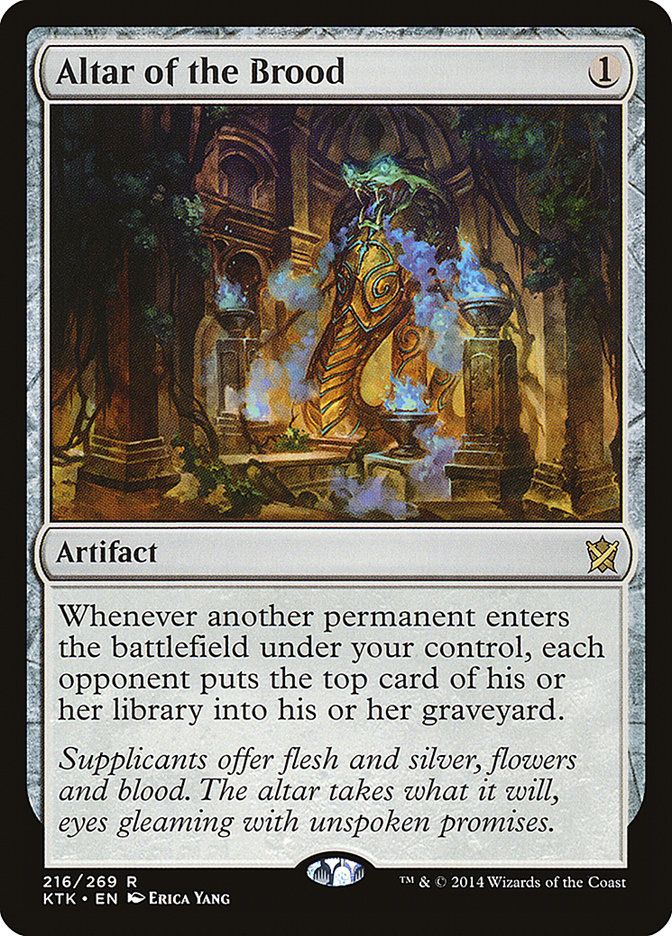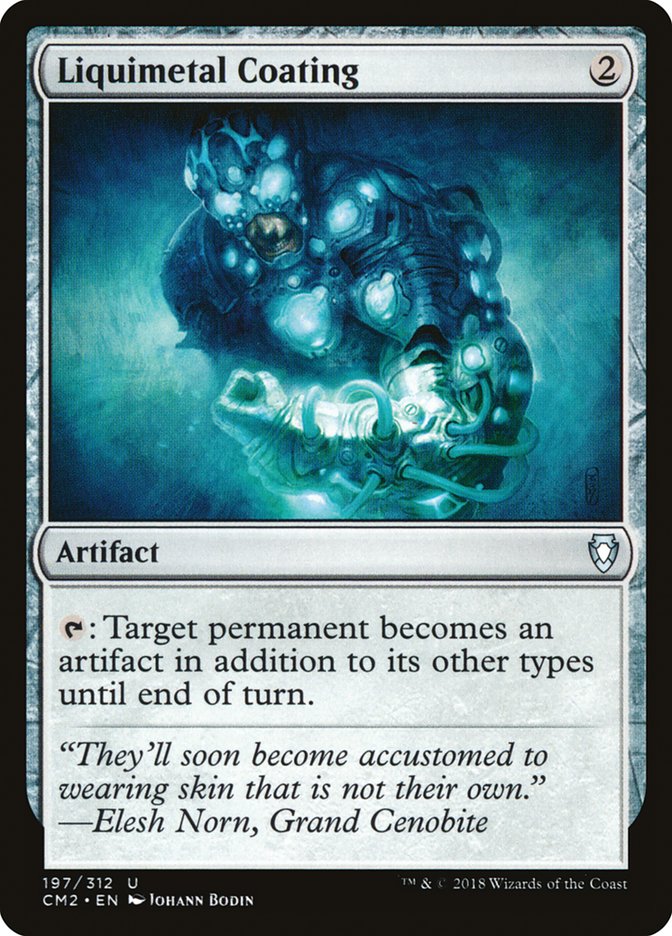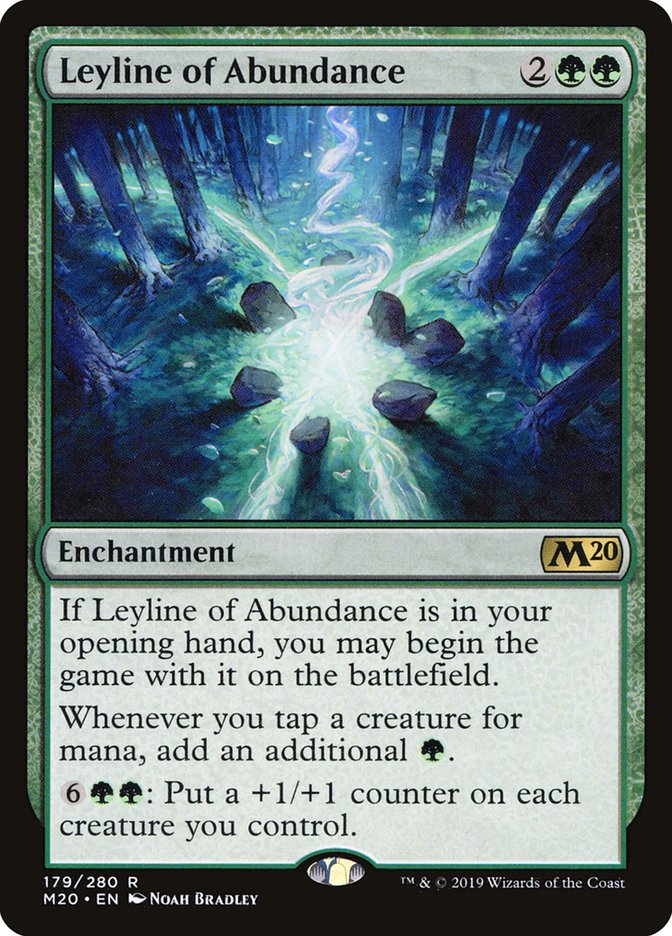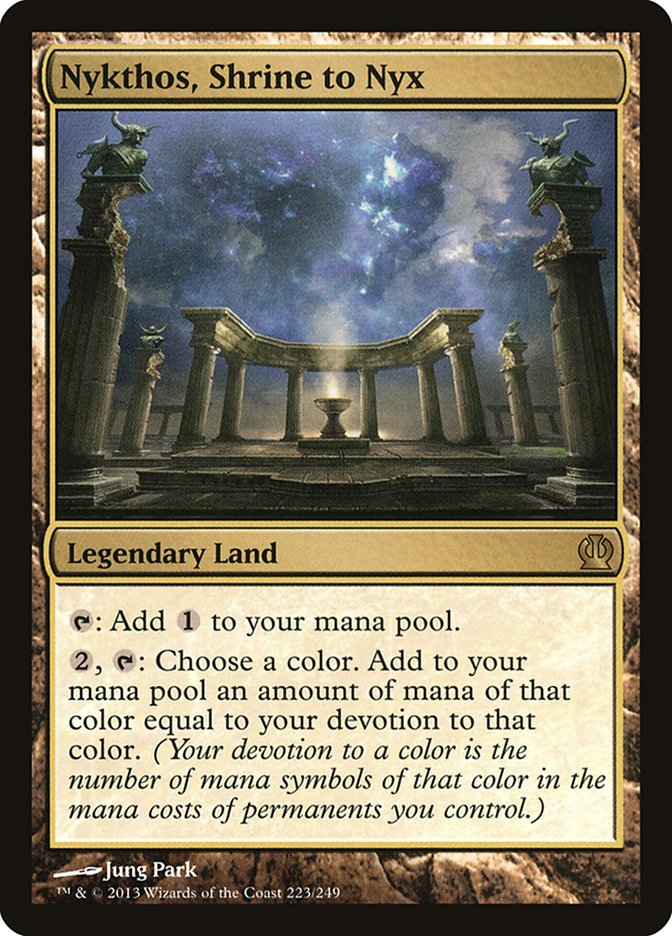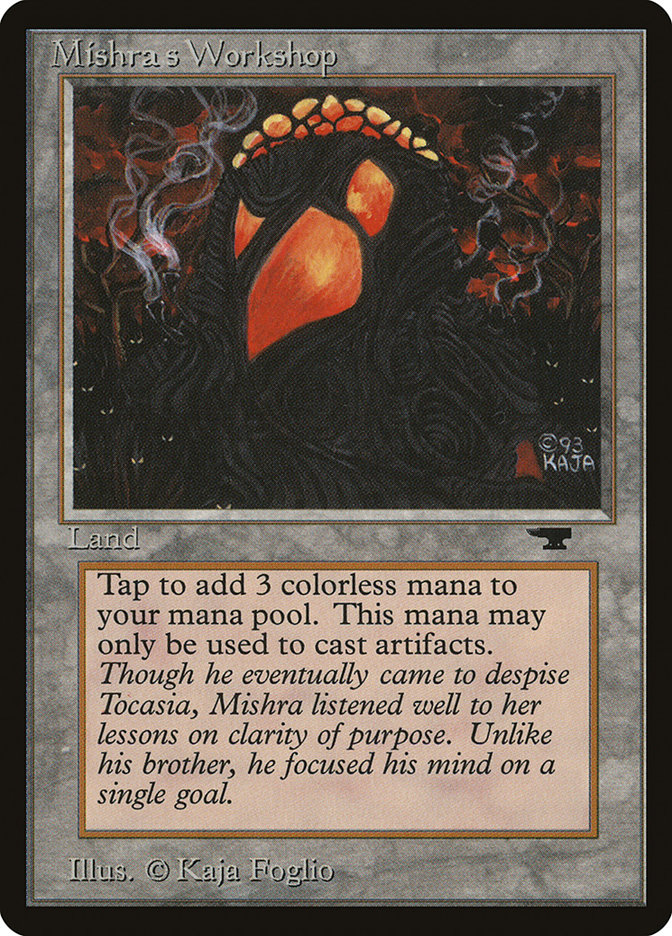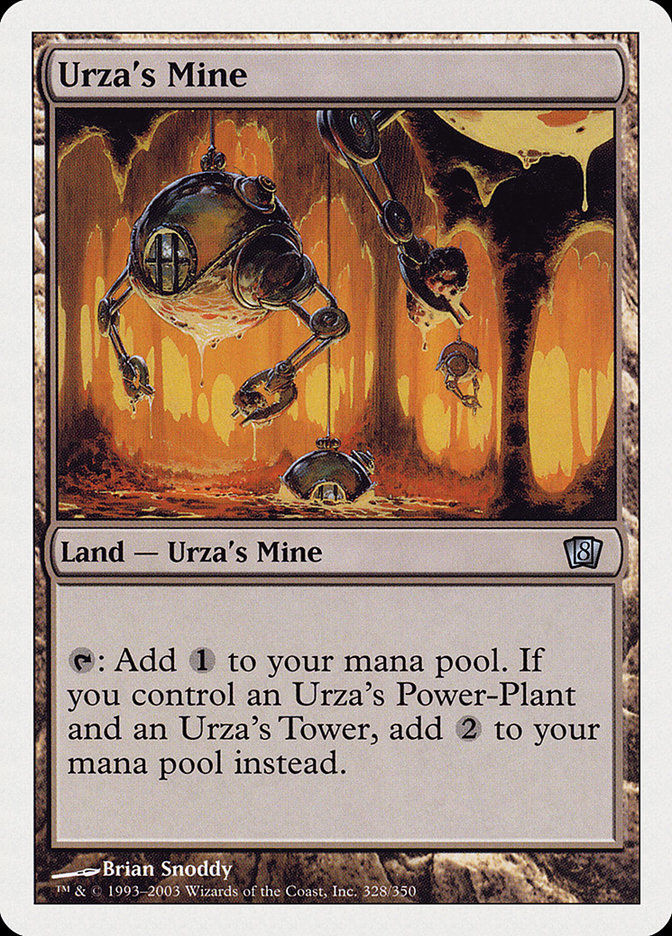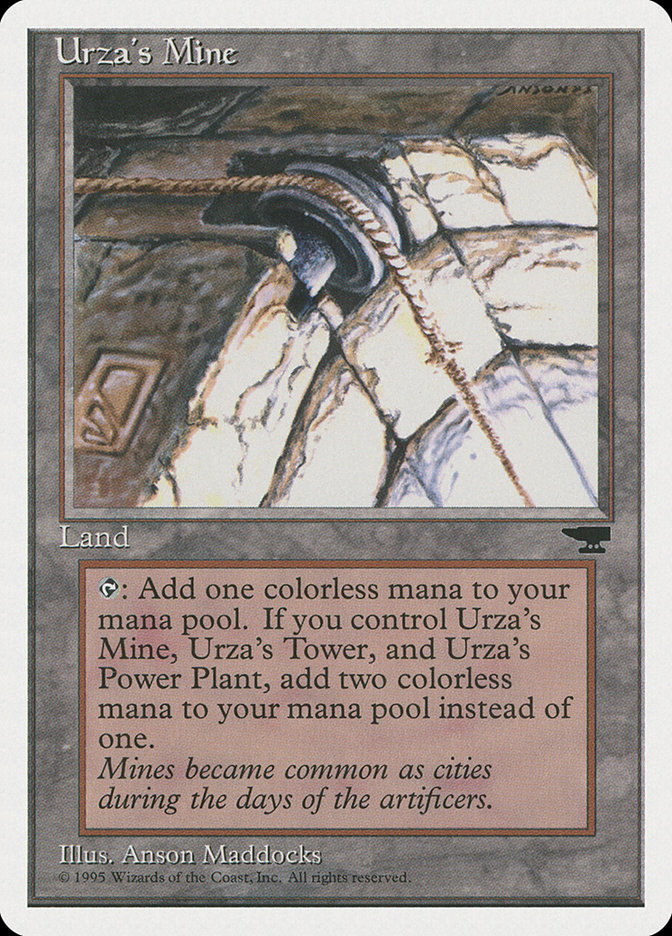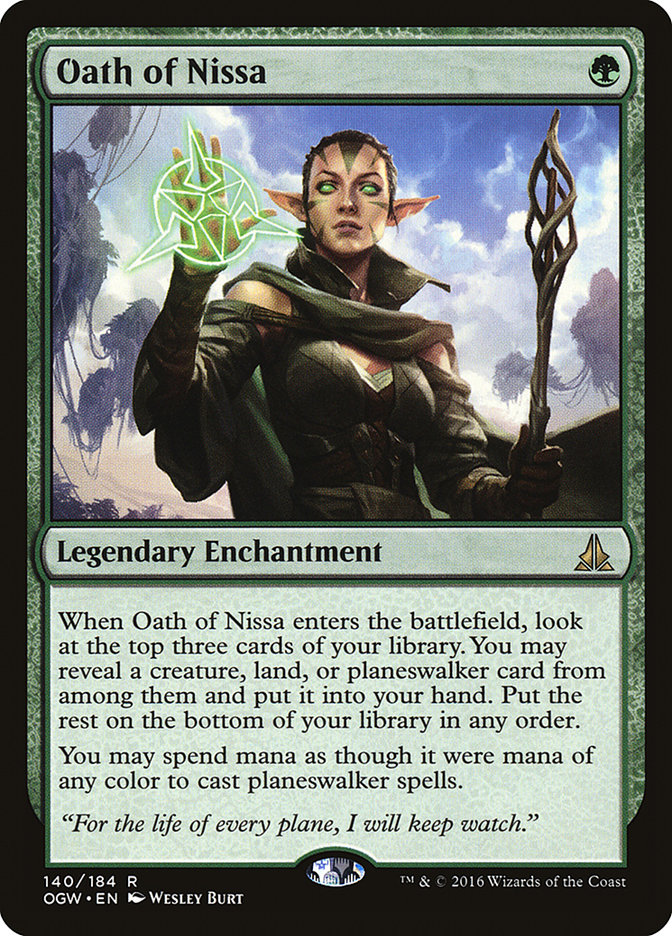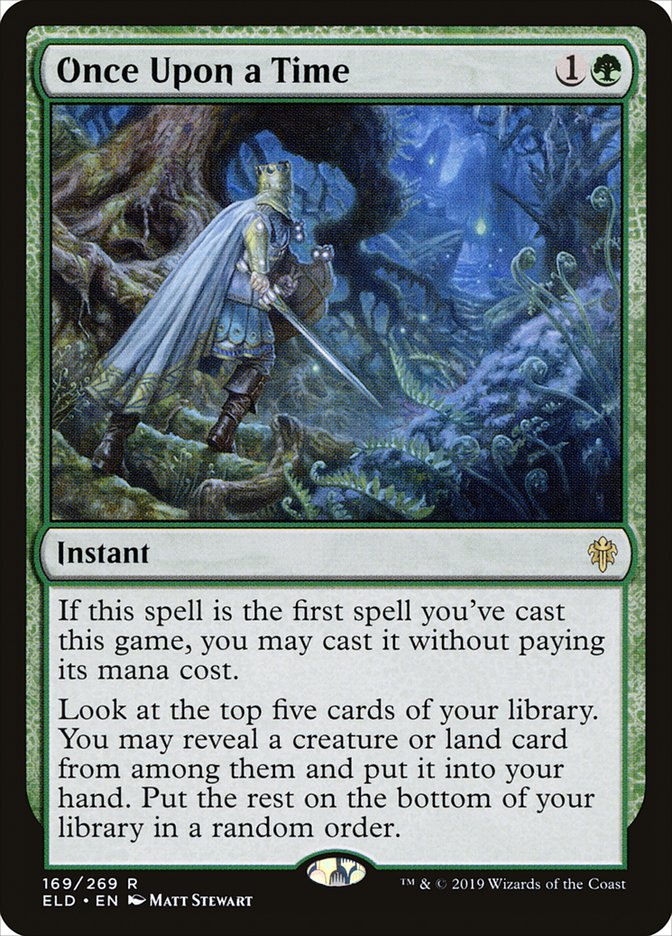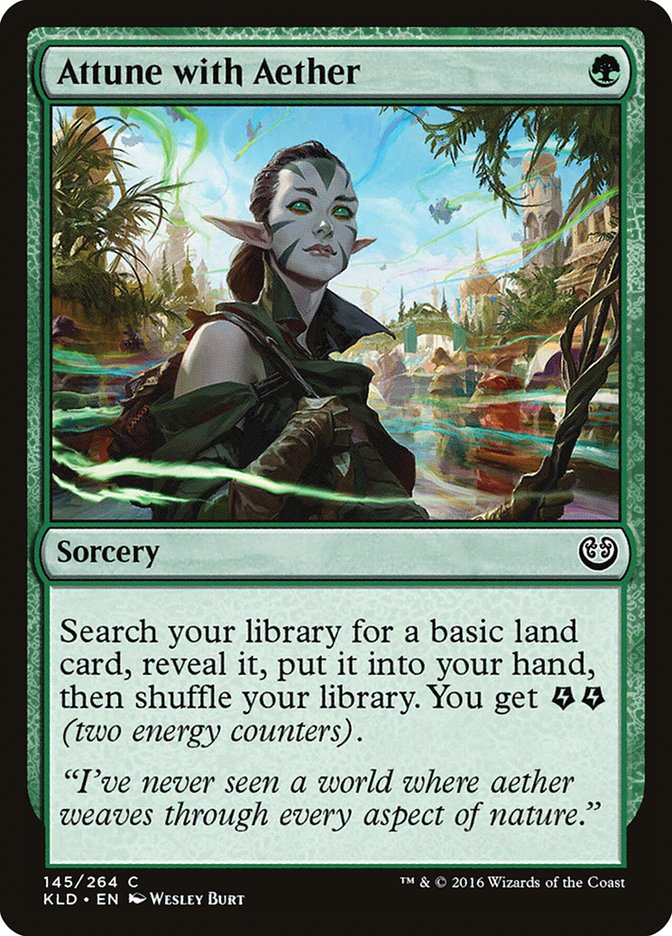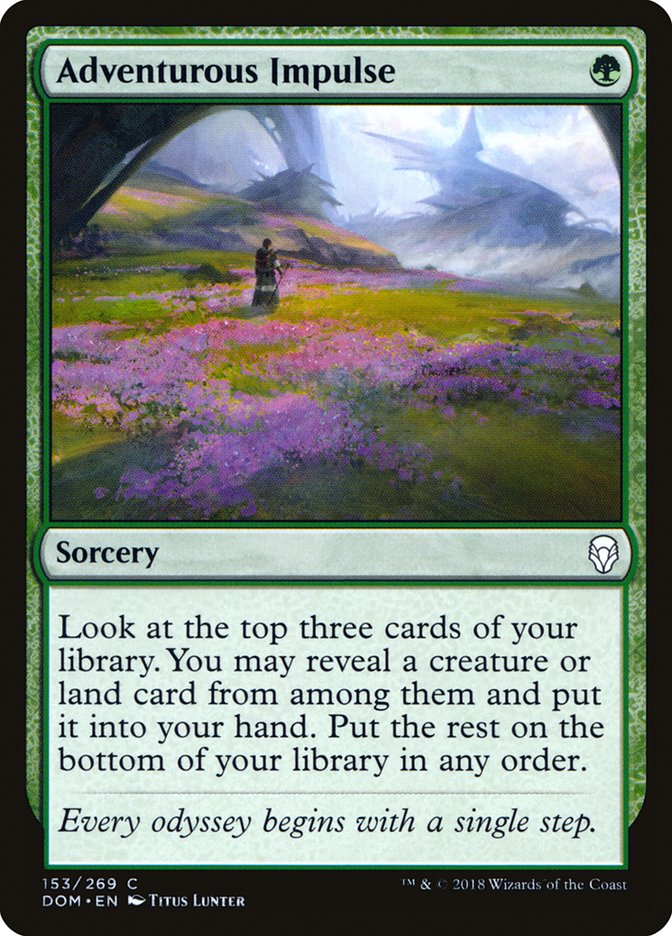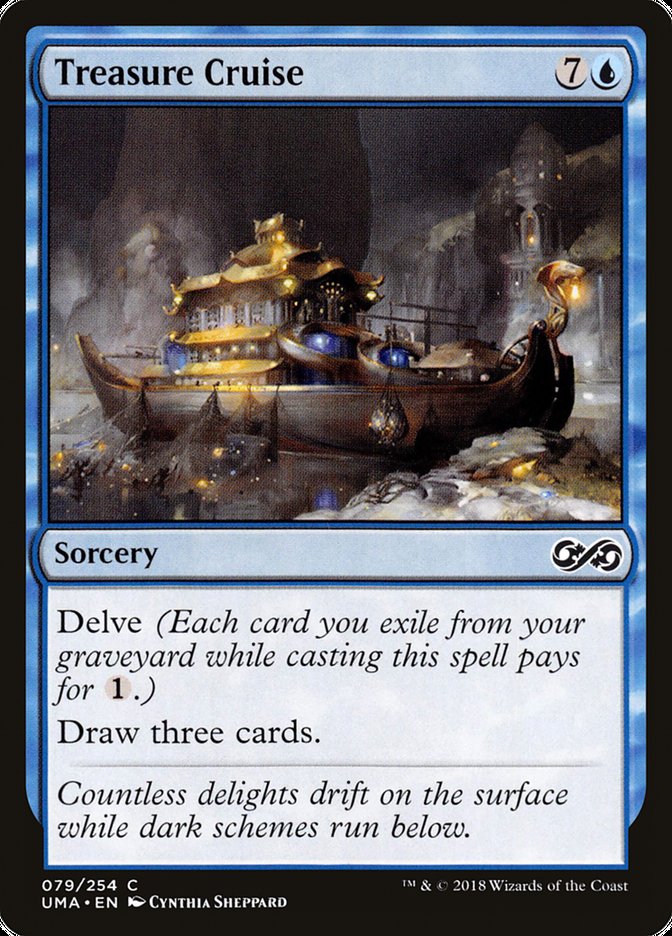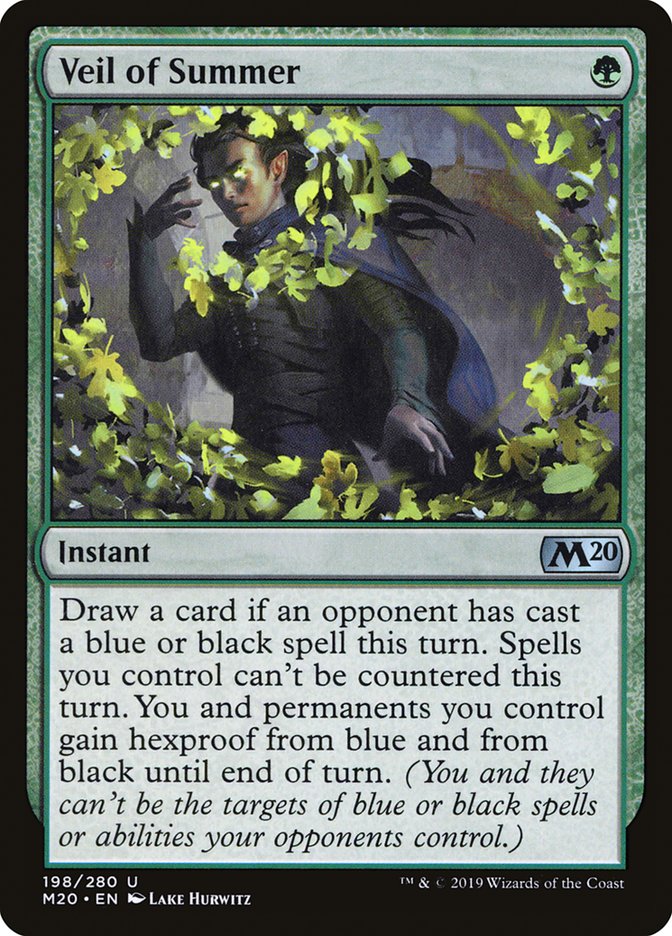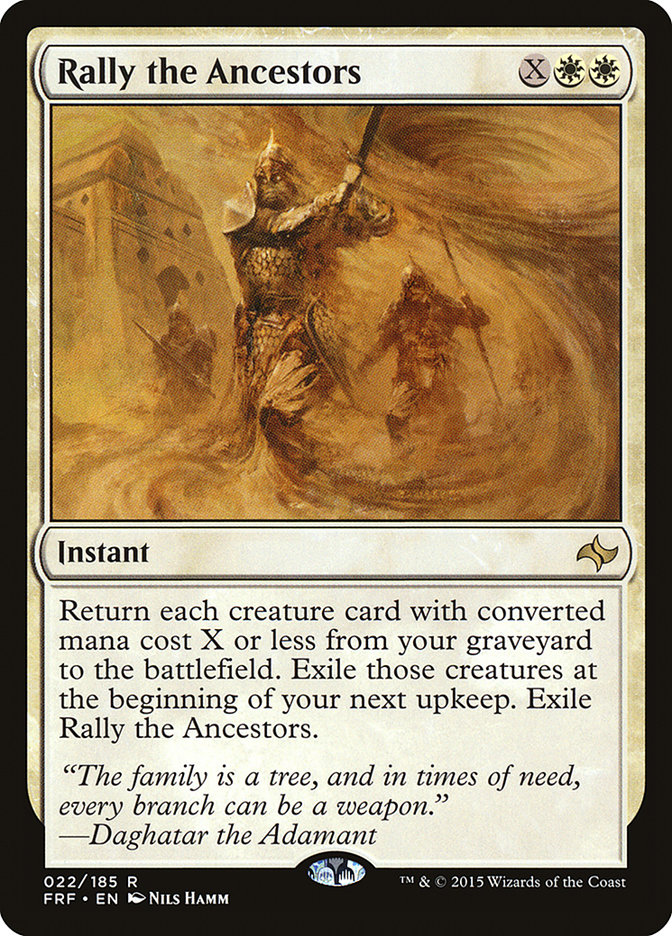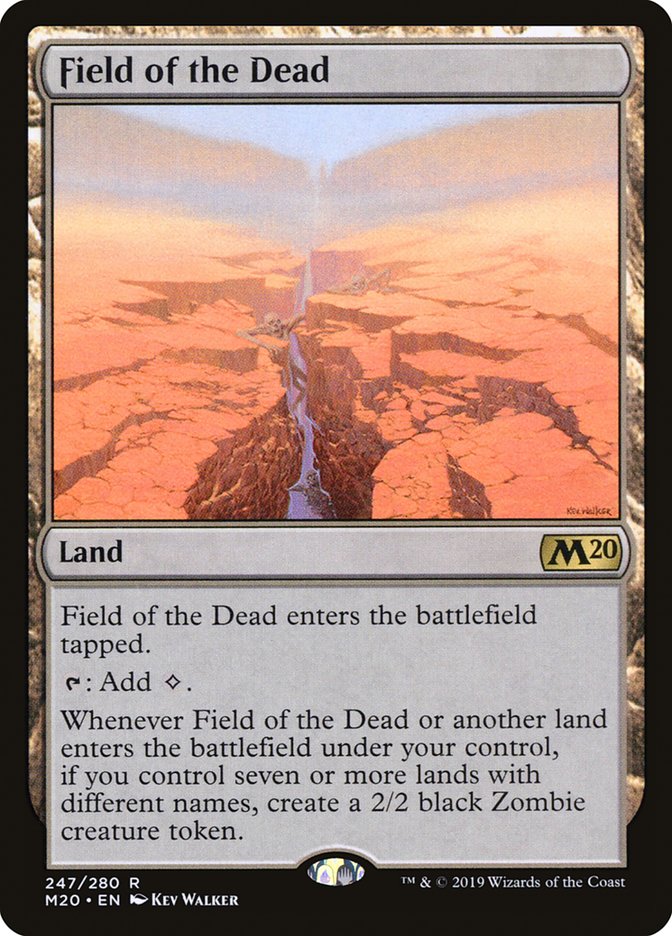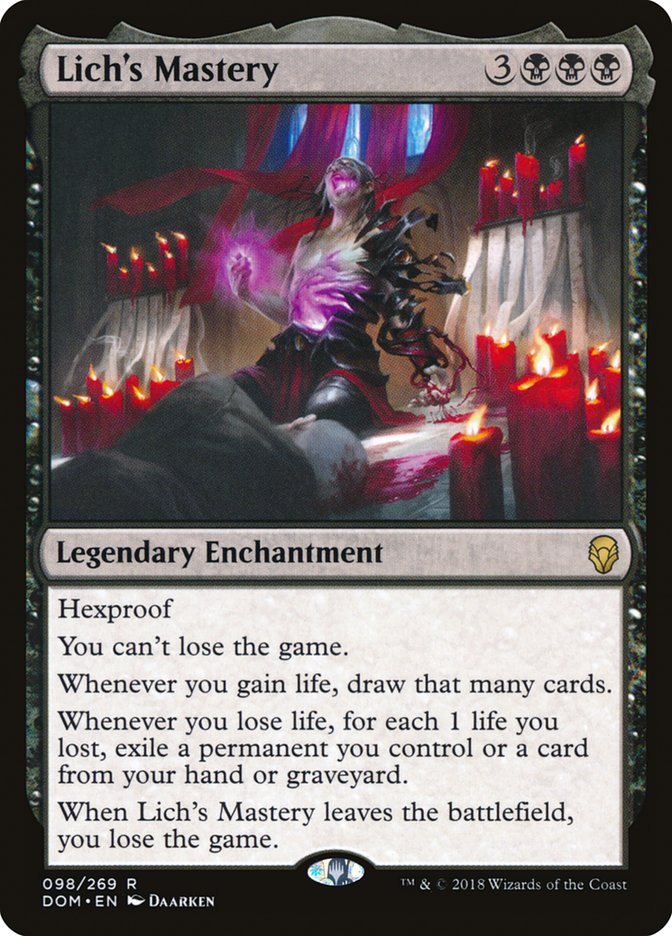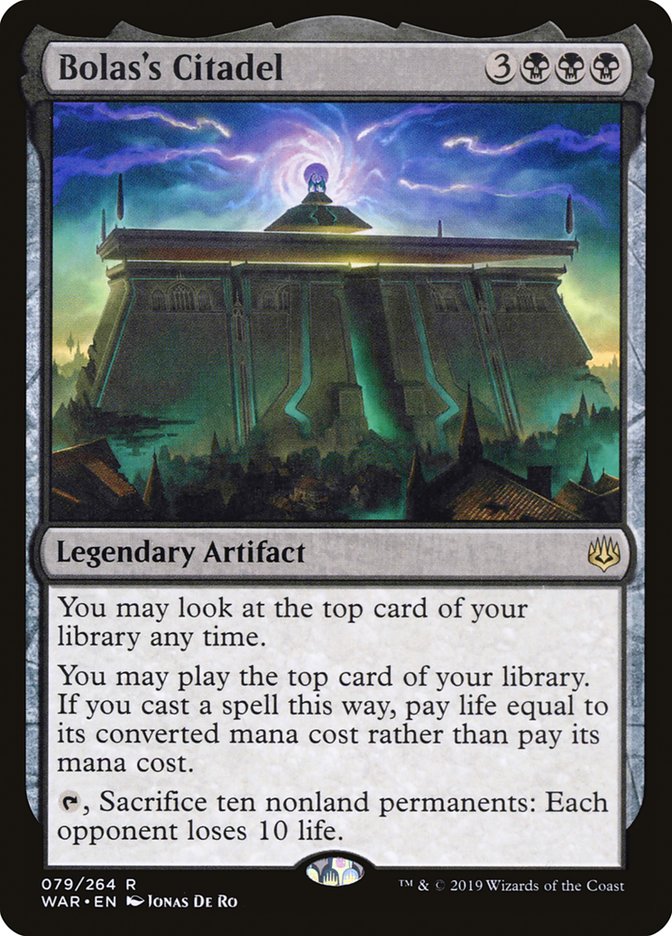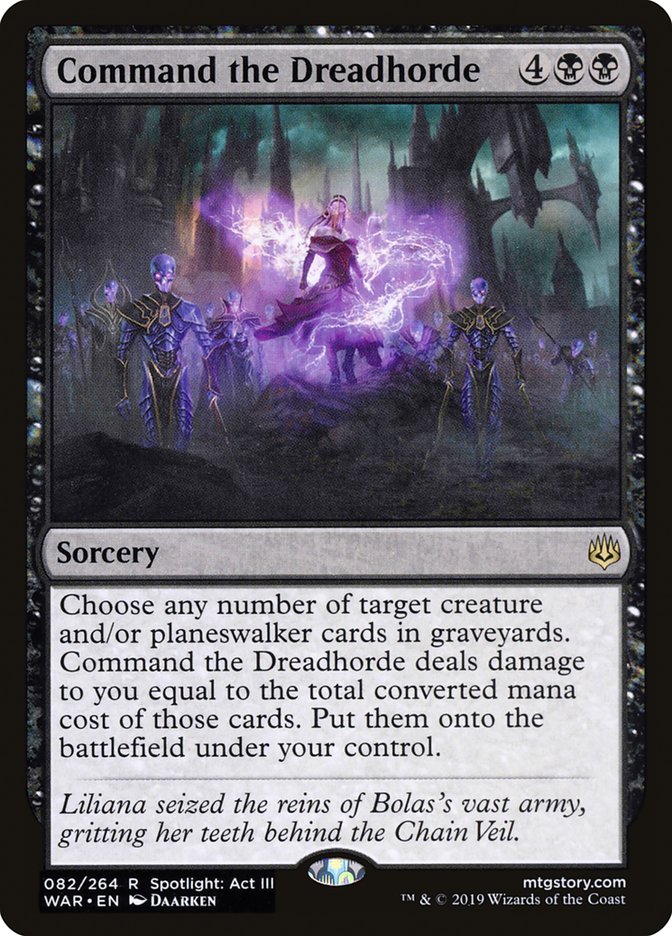I love it, haha.
Is it really just going to be a circus, every Monday, for the time being?
Wizards of the Coast kind of set expectations that they saw this time
period as the wild west of Pioneer, when they announced that they would be
potentially banning cards every Monday, for a while, depending on the
results of the 713 (roughly) people that play MTGO*.
This morning:
Pioneer announcement will be out later in the day. We aren’t
finalizing anything until lunchtime Pacific.— Aaron
Forsythe (@mtgaaron) November
4, 2019
Nice!
You gotta admit, it does make sense to not ban cards on an empty stomach!
Finally, after what some sources claim was or was not a three-hour lunch,
R&D came out on stage and announced three bans.
Felidar Guardian
Felidar Guardian getting banned was basically a foregone conclusion, with
the possible exception of some world where Saheeli Rai was banned instead,
on account of advanced knowledge of upcoming sets revealing another
infinite loop with it.
This combo is just too fast, too easy, and too warping of the format in
ways that aren’t conducive to the kind of experience they’ve been
describing Pioneer aspiring to feature. Pioneer isn’t really supposed to be
about Turn 4 wins as much as Turn 4 Okos, as I understand it.
As is commonly known, these days, competitive formats can best be described
by what turn you are expected to play Oko and how you are expected to fight
your opponent’s Oko.
to fight your opponent’s Oko.
your opponent’s Oko.
your opponent’s Oko.
your opponent’s Oko.
fight your opponent’s Oko.
Here’s an example of the Felidar Guardian/Saheeli Rai combo in action, from
this past weekend’s Pioneer Challenge:
Creatures (14)
Planeswalkers (10)
Lands (20)
Spells (16)

What happens to this deck with Felidar Guardian banned? Well, that’s kind
of the whole thing. I mean, you can still play most of these cards. They’re
just good cards. However, the Felidar Guardian/Saheeli Rai combo really
does need those two. Without them, you’re talking about a pretty different
deck.
What about banning Saheeli Rai?
I know some folks were interested in a world with Felidar Guardian legal
instead of Saheeli Rai, and I get that it’s interesting; however,
short of some advanced knowledge of an upcoming new broken combo, I don’t
think it’s close between these two. Felidar Guardian doesn’t really have
much play to it at all that can justify its cost, aside from countless
possible infinite combos. It breaks one of their soft design constraints,
regarding which types of enters the battlefield triggers you can put on
creatures (namely, it blinks permanents, rather than just creatures).
You can design for the world where you don’t make cards that blink
noncreature permanents with an enters the battlefield trigger or you can
design for the world where you don’t let noncreature permanents make copies
of things the turn they’re played. Over the past decade, Magic has been
basically exclusively the former, aside from Felidar Guardian. Even if
Saheeli Rai were banned, there’s just a much higher chance of Guardian
breaking with something else. I’m not saying that it’s specifically
Panharmonicon, Flameshadow Conjuring, Mirror Match, Liliana, Death’s
Majesty, or anything else.
I’m saying even if it’s none of these, there’s a decent chance it’ll be
something, eventually. By contrast, what loops with Saheeli Rai?
Liquimetal Coating isn’t legal in Pioneer, but this is just to give an idea of what kinds of cards “break” Saheeli (besides Felidar Guardian), and the answer is generally going to involve multiple cards (as here), making the combos way harder to assemble and protect.
Leyline of Abundance
The most eyebrow-raising ban of the day, Leyline of Abundance is the first
of what may prove to be many cards that needs to be banned so that Nykthos,
Shrine to Nyx may live.
This is sort of like how Chalice of the Void, Thorn of Amethyst,
Trinisphere, Lodestone Golem, and Forge[/author]“]Mystic [author name="Forge"]Forge[/author] are all restricted in
Vintage, so that Mishra’s Workshop doesn’t have to be (though,
interestingly, Workshop was still just unreal dominant until Oko showed up
and took over Vintage, since how is a Shops deck ever beating Oko if
everything it does gets turned into an Elk?)
Anyway, clearly Wizards of the Coast has intentions of Nykthos being an
important part of Pioneer, if they can get away with it. This isn’t
unreasonable at all, I don’t think. I mean, sure, it’s powerful and
abusive, but so are lots of things in Pioneer. If you look at what makes
the Urzatron such a mediocre experience as a pillar of Modern, Nykthos is
actually such a major improvement in a bunch of important ways.
The Urzatron had plenty of interesting moments, but these days, there are
just so many ways to search them up and such powerful top end colorless
planeswalkers and Eldrazi, it’s kind of just the same thing, every time.
Nykthos, by contrast, sets you down a path where your deck is full of
ostensibly interactable permanents, every permanent they interact with
matters.
There’s also five colors of devotion possible, even if green is generally
the most likely for big mana payoffs. The high end doesn’t necessarily need
to be colorless (or green), either, so there’s the possibility of more
variety in how the games play out. When it comes to actually interacting
with Nykthos, itself, all the power is coming from a single land, instead
of being spread out across three lands that quickly regain their power.
It’s also a legendary land, which means enough diminishing returns, you
can’t just spam unlimited copies of cards that go find it.
As an example of the range Nykthos speaks to, here’s the black devotion
deck former NBA Basketball superstar, Clyde the Glide Drexler piloted to a
third-place finish, in what should be on the short list for compelling
decks untarnished by this week’s bans.
Creatures (24)
- 4 Gray Merchant of Asphodel
- 2 Drana, Liberator of Malakir
- 2 Kalitas, Traitor of Ghet
- 2 Stromkirk Condemned
- 4 Gifted Aetherborn
- 2 Walking Ballista
- 4 Champion of Dusk
- 4 Knight of the Ebon Legion
Planeswalkers (4)
Lands (24)
Spells (8)

I’m always skeptical of lands that produce more than one mana; but as far
as they go, Nykthos isn’t a bad one to make a bet on, all things
considered. Here’s an example of the Nykthos deck that got Leyline of
Abundance banned, to slow it down.
Creatures (22)
- 4 Llanowar Elves
- 4 Burning-Tree Emissary
- 4 Elvish Mystic
- 4 Walking Ballista
- 2 Jadelight Ranger
- 4 Voracious Hydra
Planeswalkers (6)
Lands (5)
Spells (27)

Leyline of Abundance is far from a blank that just adds devotion, combining
with Llanowar Elves, Elvish Mystic, and Nissa, Who Shakes the World.
Leylines don’t count against the “first spell of the game” condition)
the World, untap Nykthos…
Here’s the thing, this deck is so busted, they believed (and I think
rightfully) that it needed at least two cards hit, right out the gate. It
took four of the Top 8 slots and had an incredible win/loss record,
basically since the format’s inception. But, what else to ban?
This actually brings us to our third and final ban of the week, a card that
appeared as a four-of in both decks.
Oath of Nissa
Oath of Nissa was basically the green Ponder, but it’s not like the other
green draw smoothing effects that can be played Turn 1 are safe, now, or
anything.
Why was Oath of Nissa first? Well, it’s ability to contribute to devotion
is obviously very strong for Nykthos decks, while its ability to find
planeswalkers gives it a distinct advantage for Saheeli Rai decks, or
whatever other three-cost planeswalkers people end up with.
.
A large number of three-mana planeswalkers? Haha, yeah, I got you, fam.
So, what’s next on the chopping block?
Remember, it’s not about banning all the best cards. I mean, obviously, or
else wouldn’t they just ban Oko in every format, at least until you get to
Legacy or Vintage?
That said, early powerhouses that are too dominant are definitely at risk
of getting banned to clear out more room for a wider top. What does this
top tier of power cards look like at the moment?
Two of the most hotly anticipated (to be banned) cards in the format are
Dig Through Time and Treasure Cruise, which is mostly because they are
probably the two most broken cards in the format. Want a hot take? I could
imagine WotC doing everything in their power to keep one or both cards
legal, using it as a point of differentiation between this format and the
older, higher powered formats, capitalizing on the lack of fetchlands as a
possible way to justify keeping them.
As long as the format can handle it, I welcome their continued inclusion,
personally.
Here’s an example of Dig Through Time in action, in a strategy that
definitely gains from the bans:
Creatures (1)
Planeswalkers (3)
Lands (16)
Spells (40)

And here’s an example of the Treasure Cruise variety, which basically just
comes down to the question of “Are your cards fairly homogeneous, or do
they rely on having the right mix?”
Creatures (10)
Lands (14)
Spells (36)

I just think it’s interesting how awful the permission is in this format,
compared to a lot of other things in the format. The burn isn’t great
either, but there seem like more plausible options than there are for
permission, at least at first blush. Here’s an example of red aggro,
showcasing some of the burn the format has to offer, and in one of the most
important shells for chapter two of the format:
Creatures (21)
- 4 Eidolon of the Great Revel
- 4 Monastery Swiftspear
- 4 Bomat Courier
- 1 Hazoret the Fervent
- 4 Soul-Scar Mage
- 4 Ghitu Lavarunner
Lands (5)
Spells (34)

Notably, this deck also includes one of the strongest and most popular
cards in the format, Smuggler’s Copter, a card that had very little time in
the sun, in Standard, given its absurd dominance.
Smuggler’s Copter is super fun, and with how little it gets played in
powered formats, I’ve got a feeling WotC is going to go to great lengths to
avoid banning it. While I think Treasure Cruise and Dig Through Time have
better chances of surviving than people say, they’re both still underdogs.
Smuggler’s Copter, on the other hand, I legit think is actually going to be
a pillar of the format.
Here’s another Smuggler’s Copter deck, in the style of Affinity, showcasing
its strength as an artifact:
Creatures (20)
- 4 Ornithopter
- 4 Bomat Courier
- 3 Scrapheap Scrounger
- 1 Hope of Ghirapur
- 2 Skilled Animator
- 2 Emry, Lurker of the Loch
- 4 Gingerbrute
Lands (19)
Spells (21)

And another, in the style of Azorius Aggro, showcasing its strength in good
stuff creature decks:
Creatures (21)
- 4 Reflector Mage
- 3 Archangel Avacyn
- 4 Thraben Inspector
- 4 Spell Queller
- 3 Walking Ballista
- 3 Brazen Borrower
Planeswalkers (7)
Lands (12)
Spells (20)

So, what do I actually think is on the chopping block?
Honestly, I think the green draw-smoothing cards are just getting started.
Dig Through Time and Treasure Cruise are obviously super suspect, but Once
Upon a Time and Traverse the Ulvenwald are the kinds of cards I’d keep an
eye on.
Get out of here.
We really are in an exciting time for Pioneer, and while weekly bans are a
little exhausting, I’d way rather that, then them take three years to get
the format into a good place, like some formats I know…
Besides, there’s so much untapped potential to explore, and we haven’t even
gotten to the possibility of some combo deck that never had a Standard or
Modern analogue…
*He didn’t say a number, and this number is not intended to be a
factual statement. More than 713 people play MTGO. There’s just a lot
more people playing Arena. That’s the joke.


